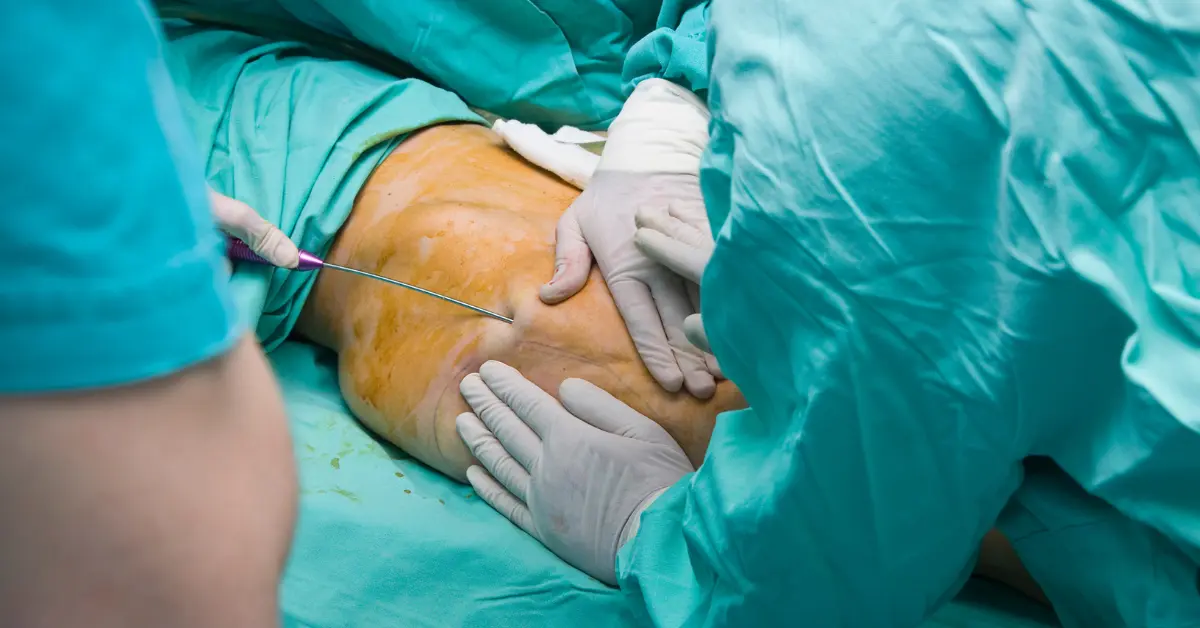Your surgeon will make a periareolar incision just below the lower portion of the areola. It is generally done around the nipple area or on the areola border. Breast augmentation, breast lifts, and the removal and replacement of breast implants all involve using this incision. Your surgeon might use a periareolar incision to place saline implants but placing silicone gel might not be possible with this incision as it consists of a cut of less than 5 cm. Learn more about the periareolar incision and its pros and cons.
What Is The Size Of The Breast Augmentation Incision?
The standard length of this incision, according to surgeons, is between 3 and 5 cm (an average of 4.25 cm). This will allow the surgeons to fit saline implants around the breast area.
Can I Take A Periareolar Incision?
The periareolar technique has a 36 percent benefit over inframammary access, and it may be beneficial for small areolae. Periareolar incisions have certain advantages too. They can camouflage the scar and make it less noticeable. Also, they are less painful and reduce the stress of having gel implants. It is best to consult your doctor or surgeon before taking the periareolar incision.
Is Scarring Of Periareolar Incision High?
Scarring is a very normal part of the healing process, and it can take a long time to see results. Scars can take anywhere from six months to a year to entirely disappear. There will undoubtedly be minor scarring once your breast augmentation surgery is completed. But they are unnoticeable compared to other incisions, so it is ok to go for them. Once again, it is best to consult your surgeon before making any decisions regarding periareolar incision.
Is Periareolar Incision Best Pick For Revision Surgery?
The main thing about periareolar incision is that it might be less noticeable if it heals well. More often than not, there are changes in how the nipple feels. To avoid this, the incision must be closed very carefully. There is also a limit to the size of silicone implant that can be put in through a periareolar incision. It is pretty hard to tell about this whether it is the best pick for revision surgery or not.
Transaxillary Incision
The Transaxillary incision is done underneath a woman’s armpit rather than in the nipple or the areolar area, and the breast implant is inserted through the armpit region. There is a possible amount of visible scarring in this incision method as it is done in the armpit area, which is the softest region than the breast area.
What Are The Pros And Cons Of Periareolar Incision?
Periareolar incisions are performed at the outside edge of the areola, following the curve that divides the nipple’s darker skin from the rest of your breast. After making the incision—typically in the lower semi-circle of the areola—a pocket is created (either inside the breast or beneath the muscle), and the implant is put into the bag, pushed into position centered.
Pros of Periareolar Incision
- Because of the texture and darker color of the areola border, the scar is generally well concealed—sometimes to the point of being virtually invisible.
- Because the incision point is close to the implant location, plastic surgeons can easily control bleeding during surgery and be extremely precise with implant placement.
- Unlike the trans axillary incision, the periareolar incision point can be reused for future surgeries on the areola.
Cons of Periareolar Incision
- Some women might feel a risk of losing nipple sensitivity.
- It might be difficult for some women to breastfeed if the incision is not done perfectly.
- Some studies suggest that it may increase the chance of capsular contraction.
Final words
The periareolar incision is an entirely safe process to go for if you are concerned about breast implants as they do not leave any scars, and the incision is less than 5 cm. Consult your doctor or surgeon and weigh the pros and cons before taking the periareolar incision.









